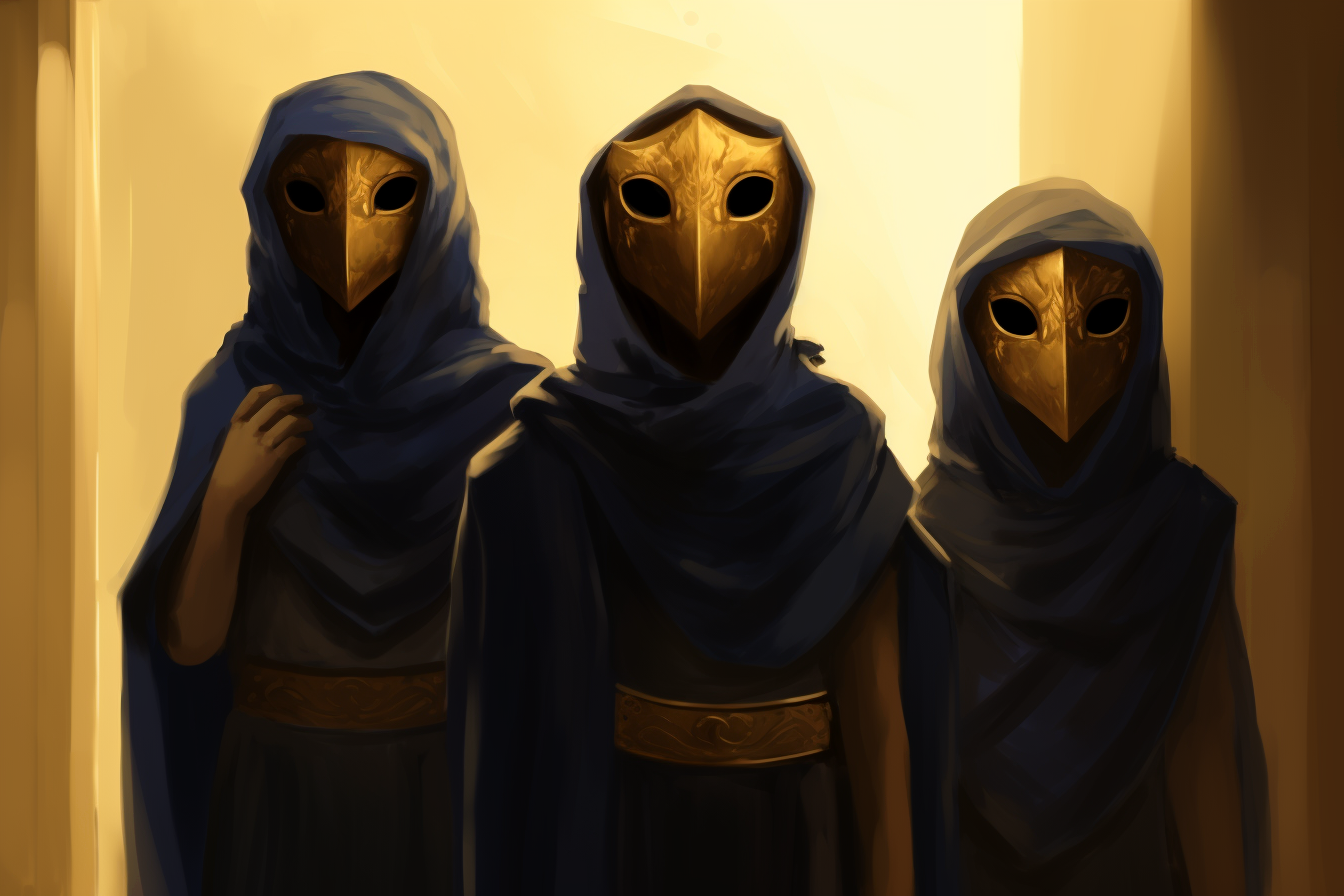These Ancients were the Real OGs of Trick-or-Treat
Halloween's trick-or-treating is a 100% Celtic custom, right? Think again! This ancient people had their own version, and it's even more daring!

It's that time of year again when children don their costumes and go from door to door, asking for treats or threatening tricks. While it's commonly known that our Halloween celebrations have Celtic origins, the roots of trick-or-treating extend outside the British Isles—to the island of Rhodes.
The History of Rhodes and Chelidonizin
Inhabited since at least Neolithic times, Rhodes has been influenced by a plethora of cultures, such as the Minoan, Mycenaean, Dorian, Persian, Greek, Egyptian, and Roman. Yet the tradition of Chelidonizin—to act like a swallow bird—is uniquely Rhodian. During the month of Boedromion, which corresponds roughly to late February or early March in the ancient Rhodian calendar, young children would dress as swallows and visit houses to sing the "Swallow Song." This song celebrated the return of swallows, birds that herald the warmer weather. In exchange for their melodies, the children would anticipate receiving cakes, cheese, or wine. The song even included a playful threat: should they not receive anything, they might take the door, the lintel, or even the lady of the house!
One such Swallow Song, preserved by Athenaeus of Naucratis, goes as follows:
The swallow (chelidōn) is come, is come,
bringing good weather
and a good year,
white on her belly
and black on her back!
You—roll a cake of dried fruit out
of your wealthy house,
and a cup of wine,
and a basket of cheese!
The swallow rejects
neither wheat nor pea-cake.
Should we leave or should we take
something?
If you’ll give us something, (fine);
but if not, we won’t leave you alone.
We’ll carry off your door,
or your lintel,
or your wife who’s sitting inside!
She’s small—so we’ll carry her off with no trouble!
But if in fact † you bring something,
something big in fact
† might you bring!
Open your door, open it, to a swallow!
For we’re not old men, but children.
According to Athenaeus, Cleobulus of Lindus, one of the seven sages, leveraged this tradition as far back as the 6th century BC to help collect money for the city.
Links to Apollo
Not much else is known about Chelidonizin, but we can infer more based on what we do know. The tradition took place in the month of Boedromion, likely named after Apollo Boedromios, who was honoured during a festival in Athens. Apollo Boedromios is known as a helper in times of distress or war. Intriguingly, a terracotta metope representing Procne and Philomela—the women turned into a nightingale and a swallow in a particularly distressing tale—has been discovered in Apollo's temple in Athens.
Apollo also had associations with a similar Rhodian tradition involving adults, called Crow Collecting. In both traditions, participants would sing for their treats—a fitting practice given Apollo's leadership of the Muses and his domain over music.
Other Possible Origins
Alternatively, Aelian, a historian from the 2nd to 3rd century AD, stated that "the swallow is held sacred to the Theoi Khelidoi (Household Gods) and to Aphrodite, for she also is one of them." Swallows were considered sacred to the Theoi Khelidoi due to their tendency to build nests in the eaves of houses. Therefore, the Rhodian tradition of trick-or-treating might be a ritual involving the household gods who would be, at this time, welcoming back their swallows.
Whatever the case, the tradition of trick-or-treating is an old one. From the swallows of Ancient Rhodes to today's little ghouls and goblins, the practice of going door-to-door, performing a song or chant, and receiving treats in return is a custom that has transcended time and geography. The medium may change, but the fun remains the same: community spirit, treats for the kids and perhaps get a little mischief.





